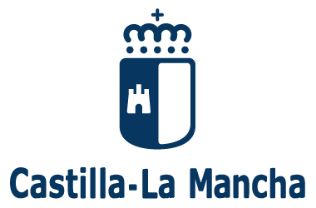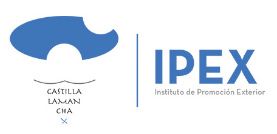Castilla-La Mancha has a very competitive aid and incentive map for those companies that decide to invest in the region, covering all phases of the project (financing, investment, training and hiring, and R&D). In addition, the Regional Government is firmly committed to attracting investments as well as to the reinvestment of companies that have already made a commitment to Castilla-La Mancha, offering personalized advice to companies so that, among other things, they can maximize the aid received.
This effort has been rewarded with the arrival of important companies in the region in recent years, such as Nokian Tyres, Skydweller, Ball Beverages or Puy du Fou, which have been able to benefit from regional economic incentives.
These incentives are non-refundable investment aids granted by the Ministry of Finance to encourage business activity and direct their location towards pre-determined areas, in order to reduce the differences in the economic situation of the national territory, to distribute economic activities more evenly throughout the country and to reinforce the endogenous development potential of the regions.
They are governed by Law 50/1985, of December 27, 1985, regulating Regional Incentives and Royal Decree 899/2007, of July 6, 2007, which develops it. This Royal Decree has been amended by Royal Decree 303/2015, of April 24.
In the scope of Castilla La Mancha they are also governed by Royal Decree 168/2008, of February 8, delimiting the economic promotion zone of the Autonomous Community of Castilla-La Mancha, which has been amended by Royal Decrees 311/2015, of April 24, 739/2016, of December 30 and 620/2022, of July 26.
The purpose of the regional incentives is to subsidize investments in excess of €900,000, excluding the acquisition of land and real estate from the eligible items.
The criteria evaluated for the granting of the incentives are job creation, productivity increase, innovation, use of new technologies, implementation of quality systems, R&D management and expenditure, environmental measures and impact on the environment, use of local raw materials, benefits induced in the local economy, export character, unemployment rate in the area and new installation.
Applicants for these subsidies may carry out the investments without having to wait for the decision to grant the aid, provided that they have not been started prior to the submission of the application. The start of investments is understood to mean either the start of construction work or the first firm commitment for the order of equipment, excluding prior feasibility studies.
The amount of the subsidy is usually paid when the project has been fully implemented. The compatibility of the incentives with other types of subsidies must be assessed on a case-by-case basis.
Eligible projects are those related to the creation of new establishments, expansion and, if applicable, modernization.
Replacement investments are not eligible projects. The amount corresponding to any tax will not be included in the eligible investment.
All projects must maintain the level of employment for two years and the investment for three years, in the case of small and medium-sized companies, and for five years in the case of large companies, counted from the end of the term.
Investments made in the following items are eligible for incentives:
- Civil Works.
- Capital Goods, excluding external transportation elements.
- In the case of small and medium-sized companies, 50 percent of the costs derived from the preliminary studies of the project, which may include: planning, project engineering and project management.
- Intangible assets, provided that they do not exceed 30 percent of the total investment eligible for incentives, are used exclusively in the center where the project is carried out, are inventoriable, amortizable and are acquired under market conditions from third parties unrelated to the purchaser.
- Other items, exceptionally.
The aid limits expressed as a percentage of the eligible investment are as follows:
- Large companies 30%, medium-sized companies 40% and small companies 50%.
The eligible sectors are the following:
- Processing industries, including the agri-food industry, and production support services which, respecting the sectoral criteria established by the competent bodies, include advanced technology, pay special attention to environmental improvements and involve a significant improvement in the quality or innovation of process or product and, in particular, those that favor the introduction of new technologies and the provision of services in the information and communications technology subsectors and those that significantly improve commercial structures.
- Tourist establishments and complementary facilities of leisure that, respecting the sectorial criteria established by the competent organisms, possess innovative character especially with regard to the environmental improvements and that improve significantly the endogenous potential of the zone.
The Regional Incentives Governing Council also considers industrial support services and logistics platforms to be eligible for subsidies. In this regard, we suggest that you consult the text of the above-mentioned Agreement of the Governing Council.
Sectors not mentioned in the preceding paragraph will be considered excluded.
However, the competent bodies provided for in Article 26 of the Regulation approved by Royal Decree 899/2007, of July 6, 2007, are empowered to grant regional incentives to projects which, exceptionally and after a report from the Governing Council, may be granted to projects which, not being included in the aforementioned sectors, contribute significantly to the achievement of the aforementioned objectives.
In any case, the standards and criteria of the European Union in force for the sectors that may be considered sensitive will be taken into account.
The execution of the projects must comply with the conditions, prescriptions and deadlines established in the granting of the incentives, and the beneficiary will be bound by the documentation presented in the application and any subsequent modifications that may be accepted.
The application is made using standardized documents which are available on the Ministry’s website, and which are also provided by the Provincial Delegations of the Ministry of Economy, Companies and Employment.



